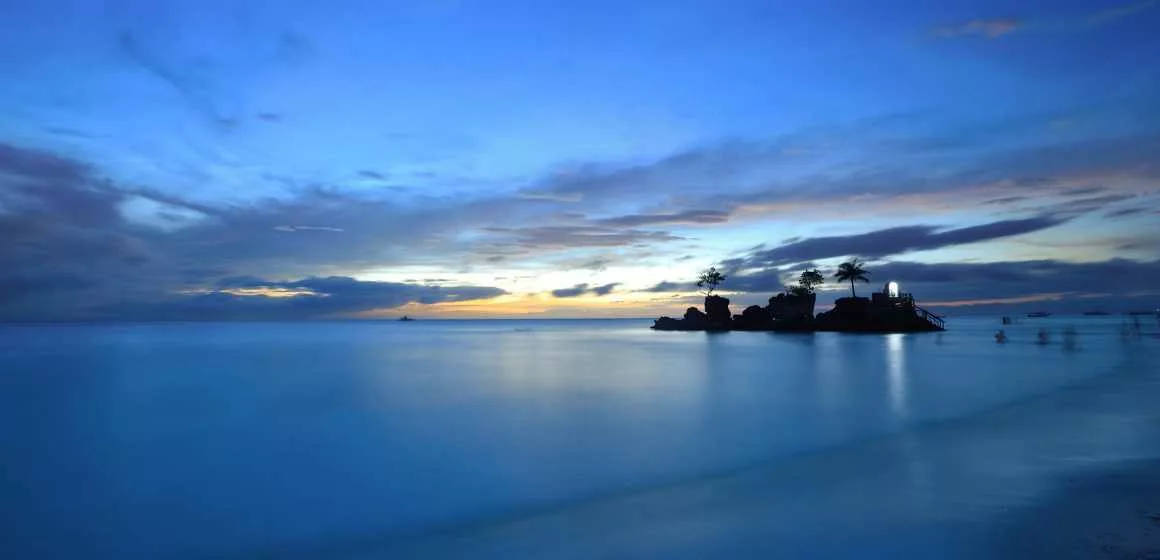Boracay, a one of a kind gem in the Philippines, has always been popular because of its powdery white sands and its beautiful beaches. However, whispers about the island losing its charm have gained traction, raising questions about the impacts of unbridled development. Once a well-kept secret, Boracay’s charm and popularity skyrocketed in the past decade, attracting a deluge of tourists and investors. The ensuing construction boom has led to concerns over environmental degradation, straining the delicate balance between tourism and preservation.
The Struggle for Equilibrium: Balancing Tourism and Conservation
As resorts multiplied and beaches became more crowded, environmental issues came to the forefront. Reports of water pollution, coral reef damage, and inadequate waste management fueled the narrative of Boracay losing its idyllic appeal. The local government responded with a bold move in 2018, closing the island for six months to rehabilitate and implement sustainable measures, as ordered by the President Rodrigo Duterte. While this move aimed at mitigating environmental impact, it sparked debates over the economic consequences for locals dependent on tourism. The challenge lies in finding a middle ground – sustaining Boracay’s allure while safeguarding its natural charm.
Looking Ahead: A Crossroads or a Renaissance?
In conclusion, the question of Boracay losing its charm is a nuanced one. The island stands at a crossroads, navigating the fine line between catering to tourism’s demands and preserving its ecological integrity. While challenges persist, there’s hope in the ongoing efforts to implement sustainable practices and stricter regulations. Boracay’s fate hangs in the balance, but with mindful planning and collective commitment, it could well emerge not as a faded paradise but as a model for responsible and sustainable tourism—a true renaissance in the making.







Leave a Reply